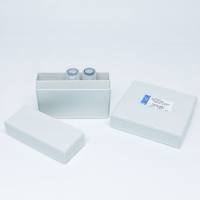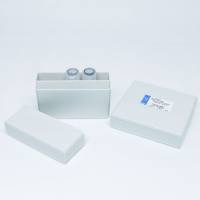Gene targeting in ES cells is extensively used to generate designed mouse mutants and to study gene function in vivo . Knockout mice that harbor a null allele in their germline provide appropriate genetic models of inherited diseases and often exhibit embryonic or early postnatal lethality. To study gene function in adult mice and in selected cell types, a refined strategy for conditional gene inactivation has been developed that relies on the DNA recombinase Cre and its recognition (loxP) sites. For conditional mutagenesis, a target gene is modified by the insertion of two loxP sites that enable to excise the flanked (floxed) gene segment through Cre-mediated recombination. Conditional mutant mice are obtained by crossing the floxed strain with a Cre transgenic line such that the target gene becomes inactivated in vivo within the expression domain of Cre. A large collection of Cre transgenic lines has been generated over time and can be used in a combinatorial manner to achieve gene inactivation in many different cell types. A growing number of CreERT2 transgenic mice further allows for inducible inactivation of floxed alleles in adult mice upon administration of tamoxifen. This chapter covers the design and construction of loxP flanked alleles and refers to the vectors, ES cells, and mice generated by the European conditional mouse mutagenesis (EUCOMM) project. We further describe the design and use of Cre and CreERT2 transgenic mice and a convenient breeding strategy to raise conditional mutants and controls for phenotype analysis.






